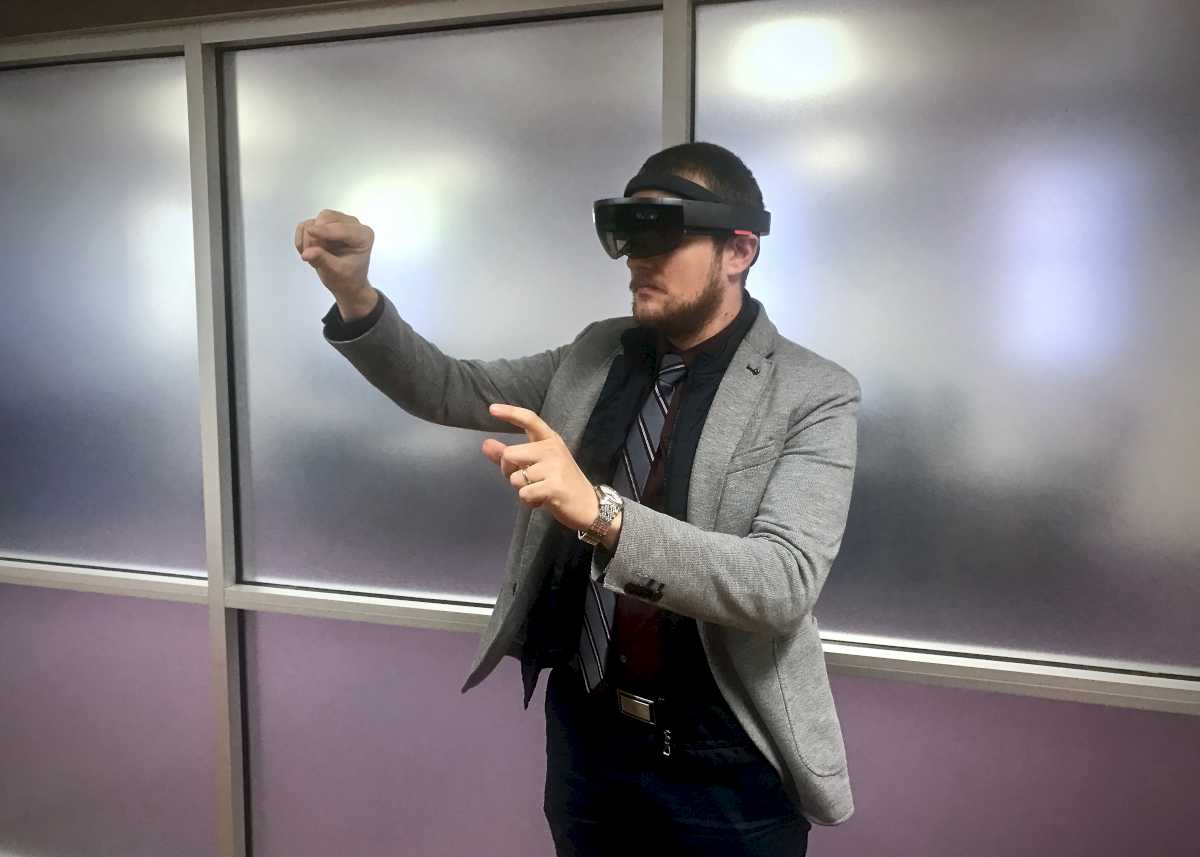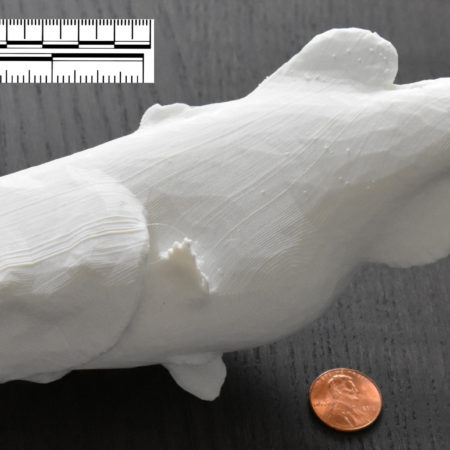Description
The year 2017 is a turning point for many disciplines as within the past year new technologies, such as virtual and augmented reality, have been established as low-cost and easy-to-use consumer devices. The potential advantages were eloquently predicted by Bodel et al. in the paper titled “Epigraphy in 2017”: What we hope will change and improve by 2017 are the tools available for gathering information and analyzing it…”
In this work we present a method for a novel interface for studying inscriptions, using augmented reality head-mounted displays, such as Microsoft’s Hololens glasses. This interface allows the users to browse through 3D databases of inscriptions and visualize the inscription within their actual physical space, such as office or classroom. Once the user positions the hologram of the inscription in a particular location, as the top of the desk, it remains there, allowing him/her to move around the inscription and study the artifact as a whole, up close, and from different perspectives. Similarly multiple inscriptions can be positioned next to one another, providing the opportunity for comparative readings, profound study of lettering techniques, and potential identification and pairing of fragments.
To the best of our knowledge this is the first project that utilizes this kind of holographic technology, opening for the first time the possibilities to epigraphists to conveniently study the inscriptions in a more natural way as physical objects instead of viewing the artifacts simply as 3D files on a desktop computer.
Additional information
| Author | Bozia, E., Barmpoutis, A. |
|---|---|
| Journal | CIEGL17: 15th International Congress of Greek and Latin Epigraphy |
| Month | August 28 |
| Year | 2017 |
Citation
Citation
BibTex
@article{digitalWorlds:245,
author = {Bozia, E. and Barmpoutis, A.},
title = {Augmented Reality for Epigraphy: How to bring holograms of inscriptions to your classrooms},
journal = {CIEGL17: 15th International Congress of Greek and Latin Epigraphy},
month = {August 28},
year = {2017},
} 


